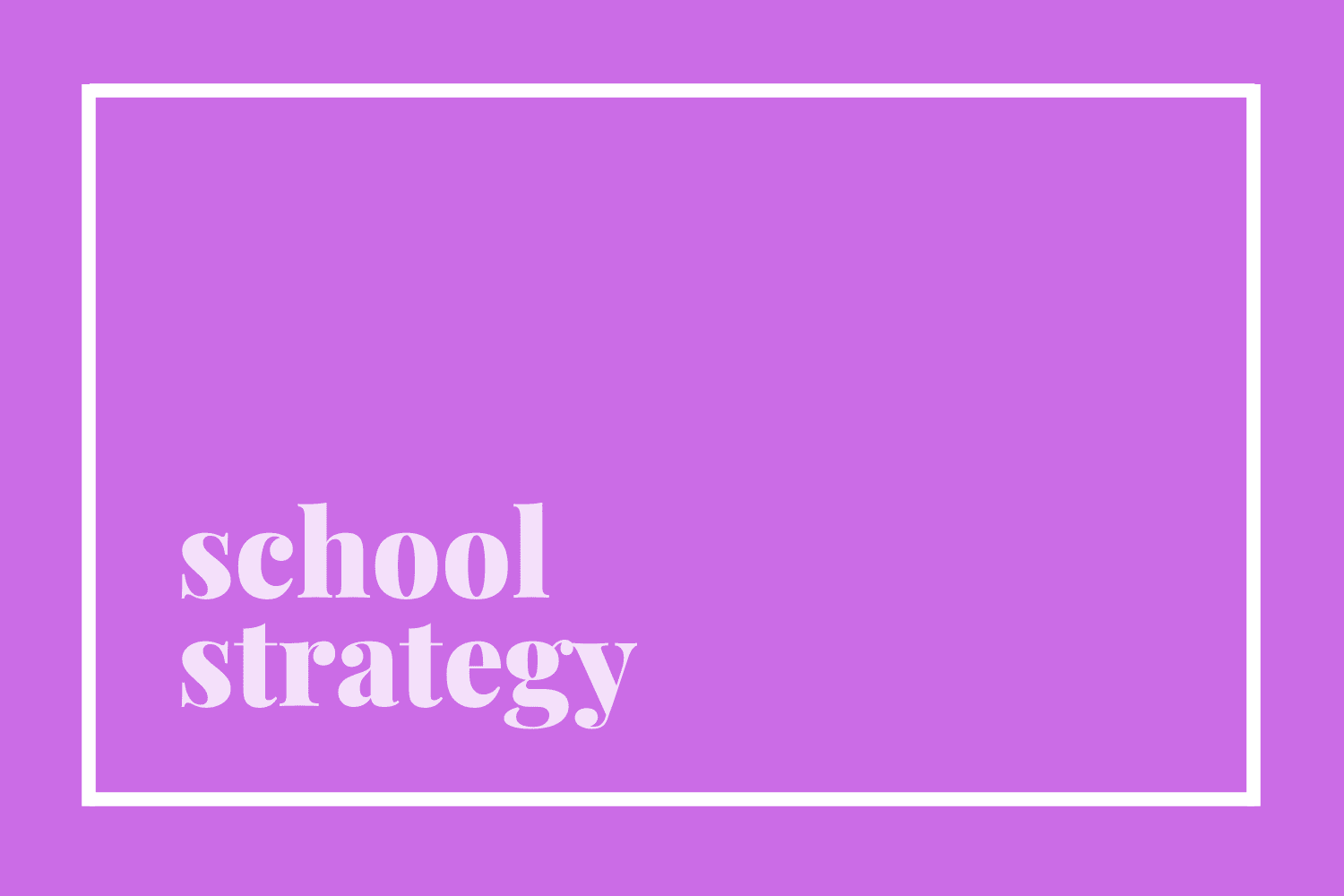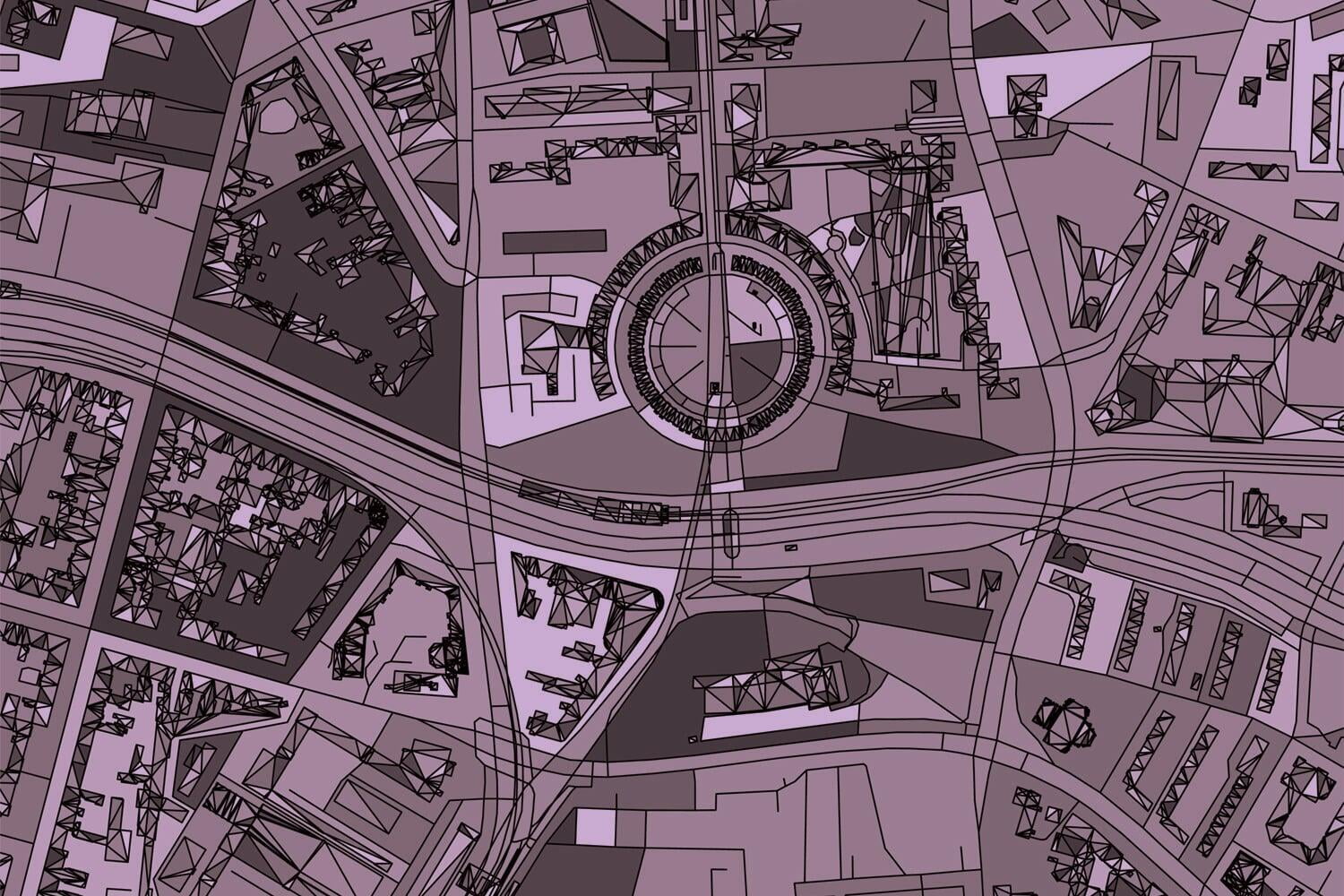
GAME CHANGERS
Leading is about becoming a servant who goes on a journey from me to you to us through asking the question: how can I best serve others? Leading in a school community begins with understanding the mission and its tasks, developing a shared vision for how strategic learning capacity might be increased, and answering the questions that will help the school make the right choices about its future.

LEADING IN A SCHOOL FOR TOMORROW
Game Changers direct as mission-oriented servants who build cultures of excellence in leadership and learning within communities of inquiry and practice that are dedicated to the attainment of the character, competency and wellness that graduates need to thrive in their world.
The team at CIRCLE – The Centre for Innovation, Research, Creativity and Leadership in Education has the unique privilege of working closely with hundreds of schools internationally to collaborate with educators and school communities to build cultures of excellence in leadership and learning within communities of inquiry. As we seek to help build better outcomes for more learners in partnership with schools and other educational organisations, we often take stock to ask ourselves, our clients and their students what it is that really makes a difference in describing the narrative arc between a school’s culture yesterday, today and tomorrow. So often, the answer that we see lies in the quality of the leadership in a school. It is leadership at all levels that helps students and teachers to connect with each other meaningfully and purposefully. It is leadership that helps people to prioritise unlocking the potential of learners to meet and exceed expectations above all other tasks. It is leadership that unlocks the door to the possibility of becoming a School for tomorrow.
Leadership is the capacity to direct, motivate, influence, and inspire people to achieve willingly their mission. It is actualised through deliberate, targeted, and intentional action that aligns vision with intention and means. Our leadership should begin with who we are as a person, flow into who we want to become, and be demonstrated through our actions in service of others. It is exercised in relationship with those around us and our environment. It is the articulation of a desire to achieve better outcomes for others through an inside-out process of development that models inquiry for all that aligns with The Pathway to Excellence:
- Self-awareness: Who are we?
- Relationship: Where do we fit in?
- Service: How do we best serve others?
- Commitment: Whose are we?
The character of leaders in schools aligns with these and is about building:
- Education: Influencing as a research-driven instructional leader
- Culture: Inspiring as a growth minded change leader
- Strategy and leadership: Directing as a mission-oriented servant leader
- Performance and systems: Motivating as an evidence-based high-performance leader
The British researcher Geoff Southworth notes that successful school leadership is based on the performance of four core tasks (building vision and setting directions; understanding and developing people; redesigning the organisation; managing the teaching and learning program) and four core personal traits (open mindedness and willingness to learn from others; flexible (not dogmatic) thinking; strong moral compass within a system of core values including persistence and resilience; optimism and a positive disposition).
School leaders build character capital in a school community through their character labour, especially through role modelling and development of character competency; institutional self-efficacy results from their will and their capacity to embed a shared commitment to “what we want, why we want it and how we do” it in character education. This often requires us to be Game Changers, true pioneers who show the way forward for others to reinvent education in a School for tomorrow.
This leadership character is drawn from values of meaningfulness, authenticity, transformation, sustainability, service, and relationship and demonstrated through specific leadership competencies:
- Orientating through understanding and managing change
- Strengthening through disciplined and purpose-driven practice
- Informing through creating and communicating vision, and aligning through values-based leadership style
- Focusing through problem-solving and decision-making, and enriching through team cultivation.
“If your actions create a legacy that inspire others to dream more, learn more, do more and become more then you are an excellent leader.”
Dolly Parton
THE DIMENSIONS OF BUILDING STRATEGIC LEARNING CAPACITY
Building strategic learning capacity involves establishing and enhancing a culture of aspiration and performance within the community. The community and everyone in it need to set high expectations and high standards; the assumption that this is being done is too frequently revealed to be inconsistent within schools of all types. The expectation for student achievement should be based on the belief that all children are capable of success – children should be supported to set goals and achieve them regardless of their background and socioeconomic situation. Schools must have clear and ambitious standards for students and teachers, ideally involving students and teachers in setting these standards, and systems of clear communication, review and feedback on achievement. At the same time, they need to pay attention to what works and what doesn’t work in making these standards realisable. In defining and pursuing a vision, schools should attend to leading in practice (drawing on evidence and exemplars of successful education both locally and internationally), pay close attention to measuring success and feedback loops, and understand the state and needs of the systems that support learning and innovation. Above all the standard is the aspiration, not necessarily the experience of every learner. Standards should be personalised to the learner, aligned to community expectations and integrated within every aspect of a school’s daily life.
As mission-oriented servant leaders, we need to adopt a leadership purpose to build a strategy for the future of the school and its community. We align the operations of all aspects of daily life in the community to their intent through the example of an urban elementary, middle and high school. We are inherently dissatisfied with the status quo, and are prepared to redesign the vision, direction, structures and processes required to create a School for tomorrow. We apply models and frameworks of positive and authentic leadership that balance the need to honour the past and address the demands of the present, while prioritising looking forward to a preferred future. As mission-oriented servant leaders, we need to be both responsible citizens who are prepared to put the common interest and the needs of others before ourselves, as well as leaders for the future who translate a vision of this into a shared story of progress, responsible citizens.
Our signal leadership competencies are those of aligning and informing. We believe that leading through intent draws the school together by building trust and leading through narrative creates shared purpose in the school. This is characterised by the way we promote openness and responsibility, establish commitment to a common aspiration, and resource for long-term success. This draws on the leadership capability of values-based leadership styles. We understand in this respect that there is no ‘best’ style of leadership – we work hard to develop a range of them to connect people with purpose and propel their work towards the school strategy. We also use practical day-to-day skills of administration to work with people to resolve issues and get the job done in a way that aligns with the values, mission, strategy, and culture of the school. We also lead the school towards a shared understanding of its context, trajectory, and sense of community that draws on a further leadership capability to create and communicate vision. They use far-sighted vision and clear goals to set direction, build the team and design its supporting structures. They translate vision into action through positive leadership that is continually interpreting, reviewing and reinforcing the team vision by communicating well and often. They use a wide variety of effective communication to motivate, influence and direct the team. They align the team and community to the desired vision, promote the team’s credibility, and enhance the viability of achieving the school’s goals. As leaders, we need, therefore, to aim to be the very best we can be at leading and learning within an evidence-based and research-driven discourse that is built on asking and answering questions about what might be done better towards this purpose. At the same time, we note that the very best schools we have seen are built on relationships and the trust and confidence which emerges from them.
This has much to do with the strongly relational personal qualities of many school leaders and their determination to lead by example in everything they do on at least four levels:
- Personal leadership: We start by considering how leaders build relationships with individuals. While many might wish to spend more time in this dimension, the reality is that the greater the responsibility that they take on, the more limited their capacity becomes to create meaningful and sustainable deep relationships with individuals as they might have when they practiced their craft earlier in their careers. It is more effective, therefore, for the majority of individual relationships to be built on leaders’ ability to inspire individuals through opportunities for providing aspiration, motivation and engagement.
- Tactical leadership: The second dimension of relational leadership is how we build relationships with teams. In many ways, we have more opportunity to interact with a greater number of teams, but in doing so we probably can only allow ourselves so much time to spend with them before we need to move on to another group. As such, our role is to enhance the journey of the team through the commitment of a combination of energy and emotion combined with the role-modelling we can provide to team members.
- Strategic leadership: The third dimension of relationship for our leadership is how we apply ourselves to the strategic challenges of our organisation. Again, we need to make wise choices as to how we invest our time by focusing on those things that will make the greatest difference in the long run for the school. As such, our aim needs to be to create a vision for the destination at the end of our journeys and to help the organisation to align, implement and evaluate what the school does to ensure the greatest positive impact on intention, design and culture.
- Global leadership: The final dimension of our relational leadership connects our school with its wider world. In this respect, we are building a relationship with the school’s different and intersecting communities, negotiating and advocating for the place of the school and the value proposition of what it offers. In doing we so, we assist the school to define its preferred position and to situate itself within its context by reinforcing its purpose, commitment and connections within the community.

THE JOURNEY OF A LEADER
Fit for purpose 21C leaders must also measure what they and their school does. They understand that a great school evaluates its organisational maturity as a school of character by tracking and gathering evidence of school climate and culture, teacher and program effectiveness, strategic and operational alignment, and the professionalism of staff as the key components of a community of inquiry and practice dedicated to the attainment of its desired graduate outcomes based on 21C civic, performance, and moral character competencies...

SCHOOL STRATEGY
School strategy is a set of choices about the compelling narrative and future planning of the school that is inspired by strategic thinking that imagines the future; strategic competency enables us to make this thinking real. We have identified the eight elements of school strategic thinking and practice that might sit behind such a strategy....

THE VALUES OF A FIT FOR PURPOSE 21C LEADER
Clearly, no one journey is the exactly same as another. Yet what we see time and again is that a story of success is typically one in which an individual can develop a clear sense of purpose and align their practice to it in pursuit and attainment of the mission of the school. It is the values that underpin the character and the competencies of a fit for purpose 21C leader that act as the moral compass for this journey...

KNOWING THE WAY OF SCHOOL STRATEGY
Knowing the way of school strategy begins and ends with understanding what it is that schools should be doing in terms of their core business – teaching and learning in 21C. Knowing the way of school strategy is the competency that helps us to distinguish what we must do to be a great 21C school...

THE CHARACTER OF A FIT FOR PURPOSE 21C LEADER
Who are the leaders in a school, what is their character, and to what purpose might this be put? Our leadership practice in schools is actualised best through deliberate, targeted, and intentional action that aligns vision with intention and means. Our leadership should begin with who we are as a person, flow into who we want to become, and be demonstrated through our actions in service of others...

GOING THE WAY OF SCHOOL STRATEGY
Who do we want to be? What do we want to do? What are our aims for the growth and development of the school over the next 3-5 years? Why do we want to do it? How do we want to do it? How are we going to measure it? Who do we want to do it? Only when we have thought through these sorts of thing are we ready to consider how it might be done. Going the way is about how we “walk the walk” of school strategy...

THE COMPETENCIES OF A FIT FOR PURPOSE 21C LEADER
Through observing and working with many strong educational leaders in a variety of contexts globally, we have been able to identify six essential competencies of 21C education leaders. Knowing these will help us to assess how we see our own leadership competencies, as well as where our strengths lie and how they are connected to our passion...

SHOWING THE WAY OF SCHOOL STRATEGY
Showing the way is the final piece in building strategic competency. If we understand who we need to be and what we need to do, then build the intent and plans by which this might happen, then we need to model how this works in practice for the community around us. It is an essential aspect of strategic leadership in a school, for if we do not show the way, then how can expect people to find it themselves?...